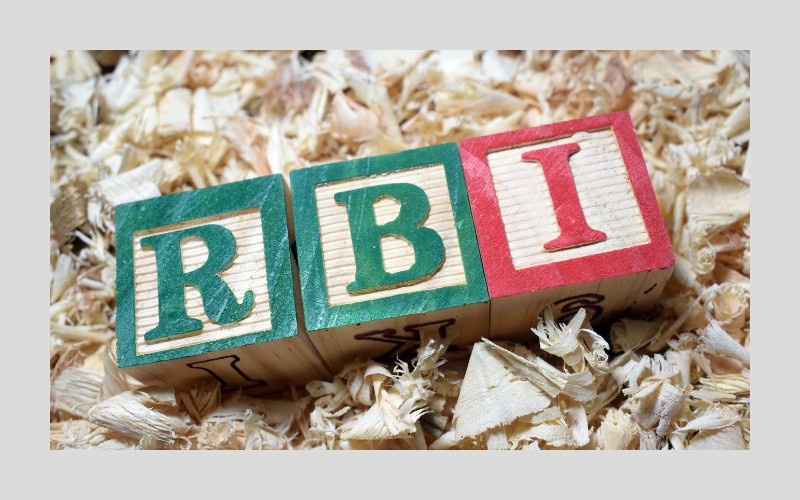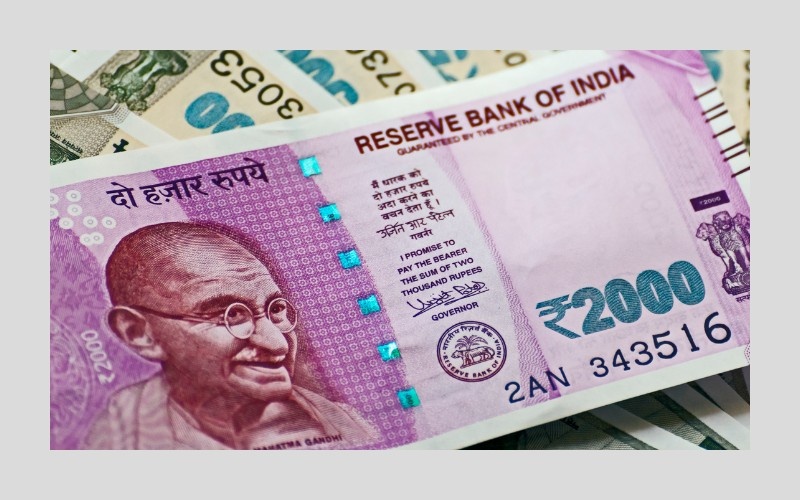Recently, the Reserve Bank of India (RBI) announced that it will no longer produce some note values, such as the ₹2000 notes, and will print fewer ₹500 notes of their present design. Doing this is part of a plan to tackle black money, counterfeit cash and encourage India to use cashless transactions.
This article details what this new development means for Indian money and what the RBI hopes to accomplish in the future.
Understanding the Currency Note Changes
Which Notes Are Affected?
The biggest change is on the ₹2,000 notes. Ever since demonetization hit in 2016, bringing high-value currency back into circulation required ₹2,000 notes.
But the RBI is now issuing fewer and fewer ₹2,000 notes. The same change is happening for ₹500 denominations, where printing is scaled back and the emphasis is placed on ₹200 and ₹100 notes, which are most useful for daily payments.
Background of ₹2,000 Notes Introduction
In November 2016, when currency notes of ₹500 and ₹1,000 were banned to fight black money and false currency, ₹2,000 notes were quickly brought into the system. The government used the ₹2,000 notes to infuse cash into the system right away.
As the ₹2,000 notes were so easy to move and had a high value, many Indians started holding them as unaccounted money. This is leading the RBI to remove them over a period of time.
Why Has RBI Stopped Printing ₹2,000 Notes?
It has been decided due to several important factors:
- Working to stop Black Money and Fake Currency
Many people have kept or used illegal money by using ₹2,000 notes. Big cash transactions are simple for wealthy people because high-value notes are hard for tax officers to trace.
Reducing ₹2,000 notes is supposed to make the system safer by decreasing the amount of large bills in circulation. Keeping the money out of your home and putting it into banks eliminates hoarding and allows careful monitoring by the banks.
- Cutting Down Risks of Fake Currency
Forgers aim for the most valuable money because it pays off better. Counterfeit ₹2,000 notes have appeared in India, despite the government’s advanced security network.
If printing is stopped, RBI hopes that more fake high-denomination notes will be found and the overall value of money in circulation will improve.
- Advancing a Digital Economy
Week and week, new apps, platforms, and features appear in India’s digital payments scene, making UPI, wallets, and card payments popular and widely used. RBI is encouraging people to make use of digital payments by not printing as many high-value banknotes.
Day-to-day cash deals require small notes, but for larger sums, payments are usually conveniently made online.
- Increasing Cost Savings
It costs a lot of money to print up currency notes. Notes with greater value are designed to last longer and are not used as much as other, smaller money. Because ₹100 and ₹200 notes are used very often, the RBI can print them without spending too much money.
How Will This Affect the Public and Businesses?
Public Usage
Even now, ₹2,000 notes are still valid for ordinary citizens to use for buying or depositing things in banks. Yet, the fewer these notes there are, the less they will be used.
Payment through cash may mostly be in ₹200 and ₹100 notes in the future. People in the retail and services fields will handle this change, which might mean they use more cash and coins at first, but they will get used to it.
Companies and the Informal Sector
Informal payments in India depend greatly on the use of cash with ₹500 and ₹2,000 notes. The removal of ₹2,000 notes might block cash flow for a little while in places with low bank access, mainly in rural and semi-urban areas.
Those seeking adaptation will have to:
Use the lowest value bills for all the small day-to-day things you buy.
Encourage digital payments wherever it is possible.
Adopt improved methods for handling your company’s cash.
You can make bank and ATM withdrawals from your piggy bank account.
The machines at banks will be reprogrammed to hand over ₹100 and ₹200 notes in larger quantities. Fewer large bills will be available, so ATMs will pay out more of the smaller ones, and banks must now find better ways to separate, sort, and distribute these bills.
Historical Context: From Demonetization to Currency Restructuring
The 2016 demonetization figure was a historic turning point for how India’s currency works. Overnight, ₹500 and ₹1,000 notes were rendered useless to help deal with black money, fake currency, and notes funding underworld crimes.
Such a move caused trouble, but it also resulted in:
Many people are putting lots of cash into their bank accounts.
Improvement of the digital payment system.
The issuing of revised ₹500 and ₹2,000 bank notes has better security than before.
Even so, even though ₹500 notes became critical in many transactions, people held onto their ₹2,000 notes more often than they used them.
After demonetization, the RBI often checked the volumes of currency being printed. Making these changes to notes is an outcome of this review and an indication that currency is being managed more effectively.

Digital Payment Revolution: A Complement to Currency Changes
After demonetization, transactions using online payments in India went up very rapidly.
Important drivers are:
Instant transfers from one bank to another are possible with UPI platforms.
Steps are being taken by the government to make digital wallets and cards more accepted.
Nearly everyone in rural areas now has access to smartphones and the internet.
RBI’s plan for money management backs this switch to digital by making it simpler to use less cash and do bigger transactions via digital tools.
Potential Challenges and Concerns
Cash Dependency
Even though digital ways of paying have increased, farmers in rural areas and others still rely mainly on cash. Lack of good digital technology, knowing how to use computers, and wanting to handle cash are obstacles.
Taking out ₹2,000 notes without giving people other ways to pay could result in delays in making transactions.
Effect of Inflation on Perception
Some people worry that reducing the ₹2,000 note could create inflation, because transacting the same value will require more money, which might decrease the speed of handling payments.
Black markets in India may respond by trading with ₹500 notes in the short run, but the government’s measures should eventually bring down unaccounted cash.
What Lies Ahead? Future of Indian Currency
New designs are being created for the money of each nation.
New currency designs, including those made from polymer, which is friendlier to the environment and makes notes hard to tamper with, are being planned by the RBI.
The expansion of ₹200 notes will take place soon.
More and more, people use the ₹200 note in their daily financial activities. A sufficient supply of these notes is coming to replace what was done by ₹2,000 notes.
More people are becoming included in the financial system
The move to use more than one currency follows steps to support financial inclusion, including better distribution of banks, more digital payment possibilities, and instructing citizens on using cashless methods.
Environmental Impact
Simply switching to polymer notes and printing fewer of them can have a positive impact on the environment.
Broader Economic and Social Implications
Stopping the production of the ₹2,000 note affects both the nation’s economy and society as a whole. Widely restricting the use of high-denomination notes can aid monetary policy by allowing greater observation of money flows and helping fight unofficial money activities. With greater clarity, government agencies find it easier to ensure people pay taxes, earning more funds for social projects and improving infrastructure.
Socially, making this move fits into India’s agenda for greater financial inclusion for all. The government wants to make sure that more people use small bills and online payments to officially join the financial system. As a result, this change can allow underserved communities to use banking, access credit, and benefit more from government resources.
In addition, the move to online learning has made the digital divide even more obvious. A lot of rural and disadvantaged people struggle with gaining access to modern technology because of poor connectivity, little digital knowledge, and financial barriers. Policymakers must close these gaps in order to ensure no one is negatively affected by the reforms.
Besides, such a change could help more people use innovative financial services such as mobile banking apps and digital wallets, to speed up the move to a digital economy in India. In time, these changes may make the economy tougher, lower corruption, and encourage environmentally friendly growth.
Conclusion
With the RBI halting ₹2,000 note printing and cutting back ₹500 note production, India is moving towards a more open, secure, and digital economy. There may be some problems at the outset, but it matches India’s long-term strategy of stopping black money, fake currency, and supporting the use of digital payments.
The decision reinforces to citizens, businesses, and policymakers that they should use digital tools and be flexible about their country’s money supply. India’s currency will likely become safer, work more effectively, and suit a society using less physical cash.













